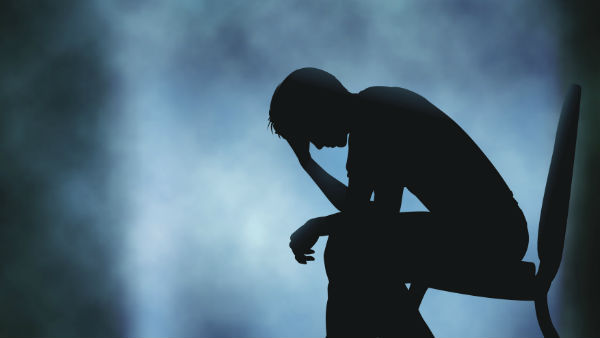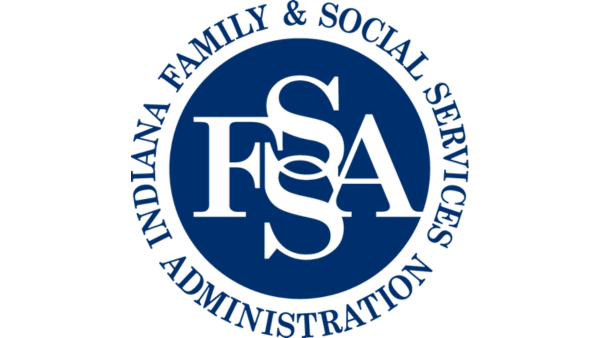What is being done locally to address suicide?

(Undated) - You may well have heard the recent reports of increased suicide and overdose rates in our country.
These rates are significant enough to contribute to decreased life expectancy in the U.S. The magnitude of these changes is shocking in a country where we are historically accustomed to improving life expectancy rates.
We want to believe that suicide and overdoses couldn’t happen to those we love. But just yesterday we heard that a 14-year-old boy in Richmond, Indiana had committed suicide.
It’s so tragic and hard to comprehend.
Suicide Rates
U.S. suicide rates increased in 2017. There were 2,000 more suicide deaths in 2017 compared to 2016 with 47,000 reported in 2017. Suicide is the 10th leading cause of death in the US. It is the second most common cause of death for people ages 10-34. Since 1999 suicide rates in the U.S. have increased 33 percent. Rural areas show higher suicide rates. Is that because of loneliness or economic concerns? fewer resources to help? stigma against receiving help? Decreased participation in church and community? Some point to the rise of technology as a contributing factor to isolation. Is there a breakdown in the family unit in the US? There are many issues to consider. The key findings in the data are reviewed at https://www.cdc.gov/nchs/products/databriefs/db330.htm.
Overdose Death Rates
According to the Centers of Disease Control more than 70,000 people died of drug overdoses in 2017 which is 6,600 more than 2016. This is a 10 percent increase compared to overdoses in 2016. The opioid epidemic is a major component of drug overdoses which has been further complicated by synthetic opioids like fentanyl. Indiana is one of the 20 states with a higher overdose rate than the national average of 21 per 100,000. If you want to read the CDC’s brief on 2017 overdose rates click https://www.cdc.gov/nchs/products/databriefs/db329.htm.
Are Suicides and Overdoses Related?
Many suspect the underlying causes of suicide and overdoses could be associated. Turning to suicide or drugs may be an escape from depression, anxiety and hopelessness. They are both preventable deaths. What can we do to help? How can we communicate the importance of getting help and that help can make a difference? I suggest we start with our own family and friends. I believe we need to take time to talk more to each other, to truly listen more and to communicate hope in our loved one’s abilities to improve. These statistics may provide fodder for family discussions. Maybe we can role model that we ourselves seek help at times to make our lives better. We at least have some ability to positively affect our loved ones.
While it is preventable, this is not to lay guilt on family members who have lost a loved one to suicide or overdose. Sometimes depressed people aren’t open about their feelings due to stigma and shame. They often refuse the suggestion of help. Other times impulsive behavior results in suicide or overdose. This leaves family members with no idea of their loved one’s desperation. Or possibly families only recognize hints of their loved one’s unhappiness after the fact. We are all human and certainly we can be preoccupied with our own stress issues.
Below are Suicide Prevention resources and warning signs business cards that NAMI SE IN, the National Alliance on Mental Illness, has distributed throughout our community including about 9,000 cards that were given to all 10 school district administrations in our 5 county areas:

 Friendship State Bank Awards Grants to Two Local Businesses
Friendship State Bank Awards Grants to Two Local Businesses
 Nationwide Drive Sober or Get Pulled Over Campaign Runs Through New Year's Day
Nationwide Drive Sober or Get Pulled Over Campaign Runs Through New Year's Day
 Greendale Middle School Students Raise Funds for YES Home
Greendale Middle School Students Raise Funds for YES Home
 Indiana Launches Smart SNAP to Promote Healthier Choices for Hoosiers
Indiana Launches Smart SNAP to Promote Healthier Choices for Hoosiers
 Hidden Valley Golf Club Announces Golf Course Improvement Plan
Hidden Valley Golf Club Announces Golf Course Improvement Plan
 Raatz: Limiting Cell Phones in the Classroom
Raatz: Limiting Cell Phones in the Classroom












